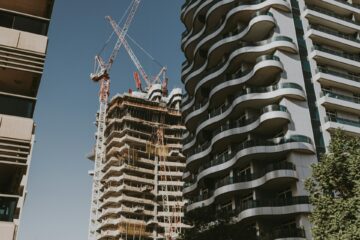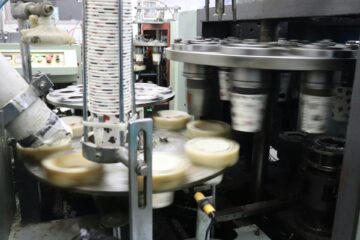The construction industry is one of the largest contributors to global carbon emissions, responsible for an estimated 25 to 40 percent of total output. Along with greenhouse gases, it also generates significant amounts of air and water pollution and produces large quantities of waste that often end up in landfills. While new infrastructure remains vital to economic growth, the sector must also find ways to limit its environmental impact. One increasingly effective solution involves choosing pre-owned construction equipment instead of purchasing new machinery.
Conserving Resources Through Equipment Reuse
One of the most important environmental advantages of using refurbished or pre-owned machinery is resource conservation. Manufacturing heavy construction equipment requires immense quantities of raw materials and energy. By extending the lifespan of existing machines, companies can reduce the demand for new production, thereby minimizing the need for additional resource extraction and material processing. This approach helps preserve natural resources while also cutting down on the energy used across the manufacturing supply chain.
Lowering Carbon Emissions
Using pre-owned equipment also helps reduce overall emissions. Construction machinery such as cranes, bulldozers, and excavators typically run on fossil fuels, releasing pollutants like carbon dioxide and nitrogen oxides. When companies purchase used machines or replacement parts, they reduce the cumulative emissions tied to producing new models. This practice supports sustainability goals and helps organizations meet evolving emissions standards within the industry.
Financial Advantages of Buying Used Equipment
Beyond environmental gains, there are clear financial incentives to choosing used construction machinery. Pre-owned equipment generally costs less upfront, helping firms manage budgets more effectively and allocate resources elsewhere. Additionally, used machinery tends to depreciate at a slower rate compared to new purchases, maintaining its value more consistently over time. For projects with short durations or specialized requirements, buying used can provide both flexibility and cost efficiency.
A Step Toward a More Sustainable Industry
Opting for used construction equipment offers more than just practical savings—it’s a visible commitment to sustainability. Companies that adopt environmentally responsible practices often strengthen their relationships with clients, earn trust from stakeholders, and enhance their public reputation.
By extending the life of existing machinery, construction firms can meaningfully reduce waste, conserve critical materials, and promote a greener approach to building. This simple yet strategic decision aligns economic benefits with environmental responsibility—helping the industry progress toward a more sustainable future.For more on this, check out the accompanying resource from Bid Equip, an online heavy equipment auction company.












